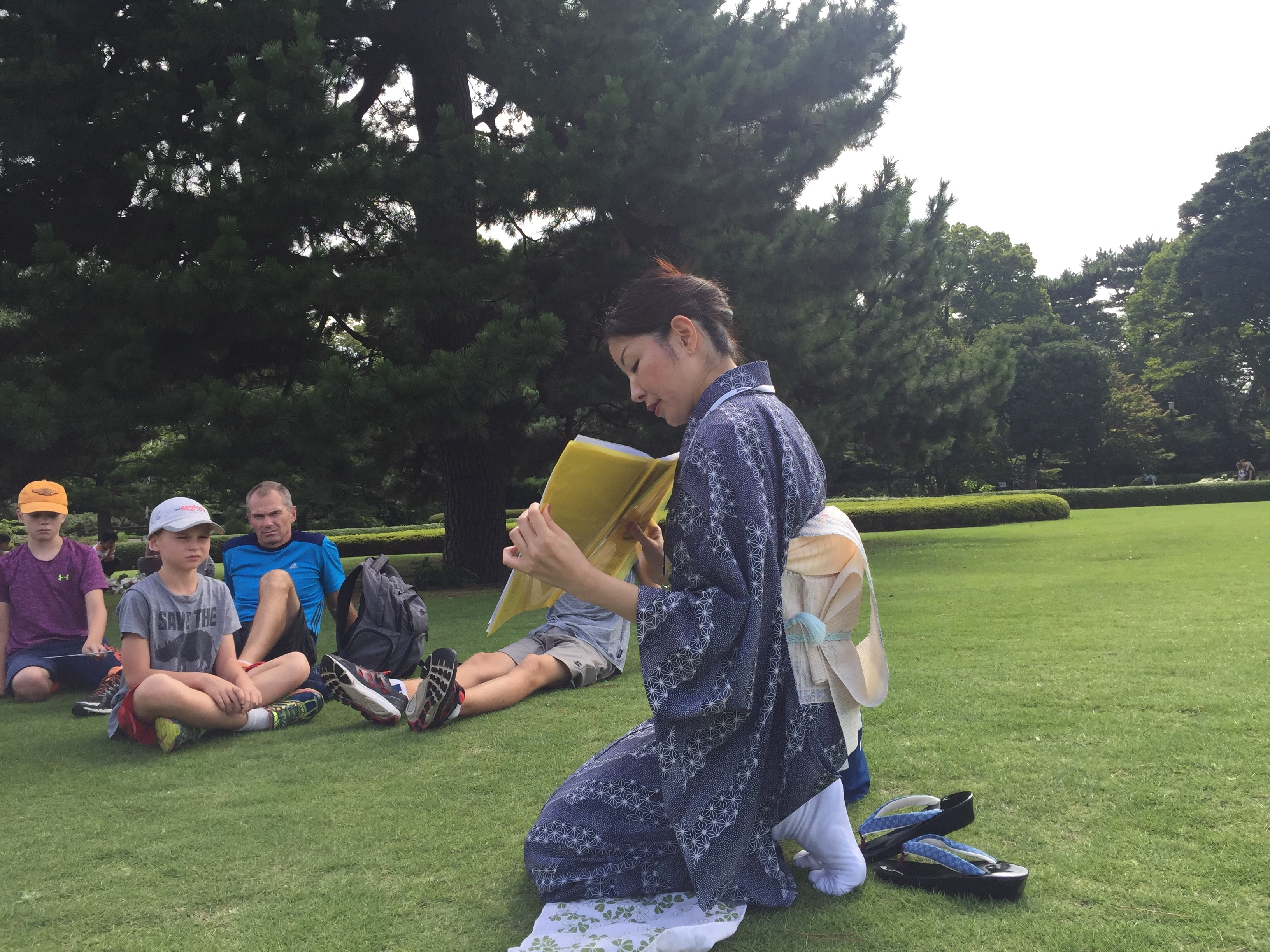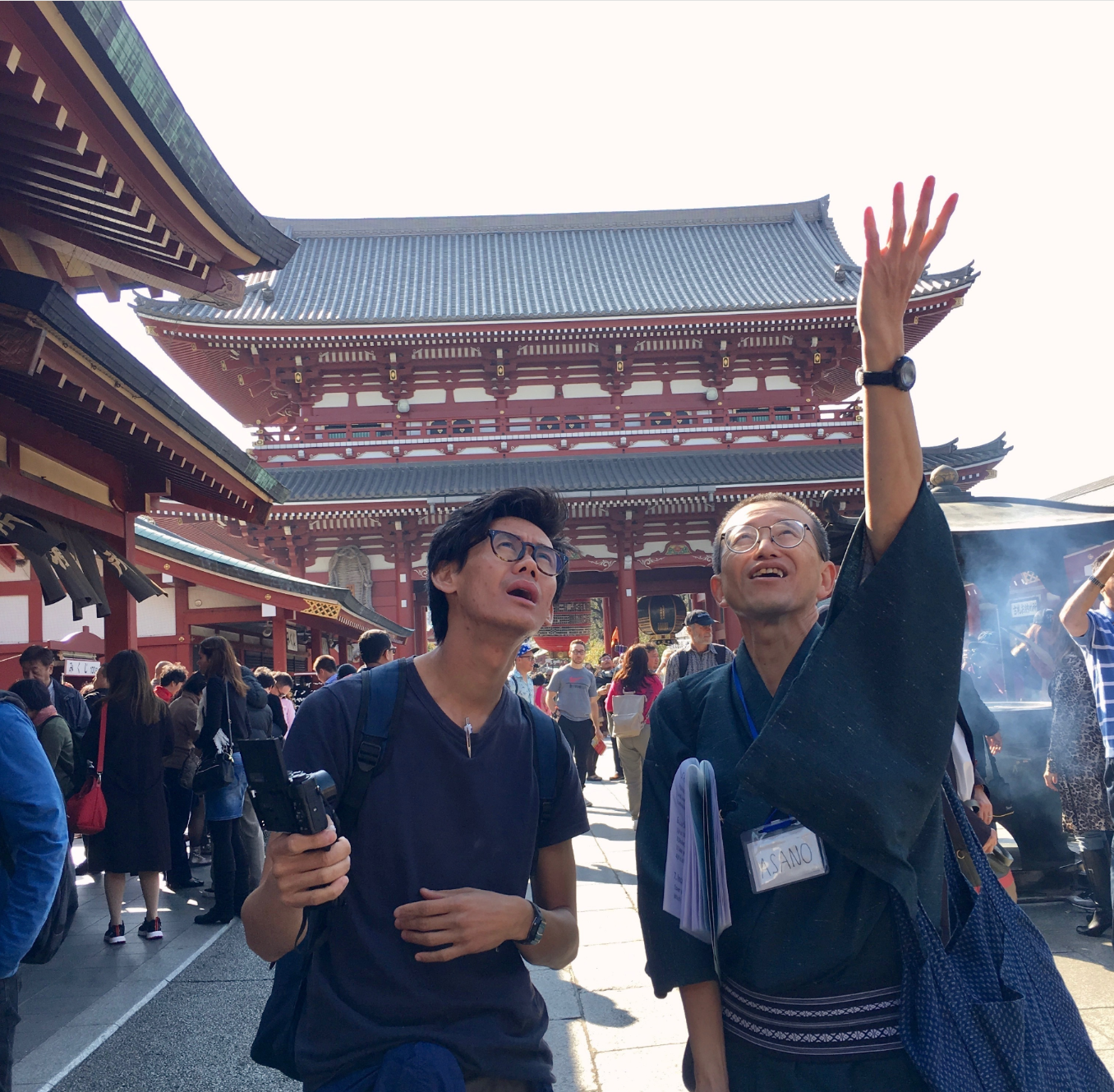 East Gardens of the Imperial Palace
East Gardens of the Imperial Palace Tour Report: March 26, 2016
There is an urban legend in Japan that under each beautiful Sakura, or cherry tree, are corpses of the dead and the tree feeds on them. This originates from a short story written in 1928 by the famous writer Motojiro Kajii*. The story takes the form of a monologue by a seemingly deranged protagonist, explaining how he finally figured out this secret. * "Lemon" is another famousworkby Kajii, in which the main character places a lemon on top of a pile of art books at a bookstore as an act of revol...

